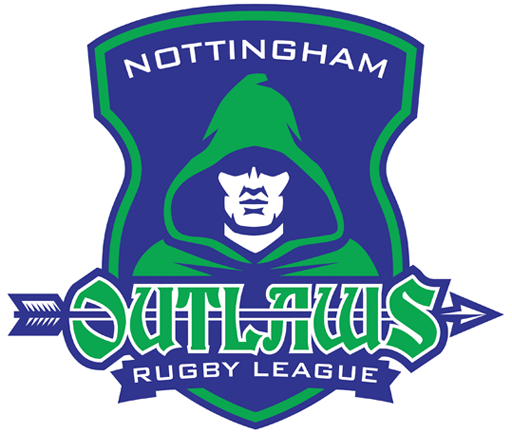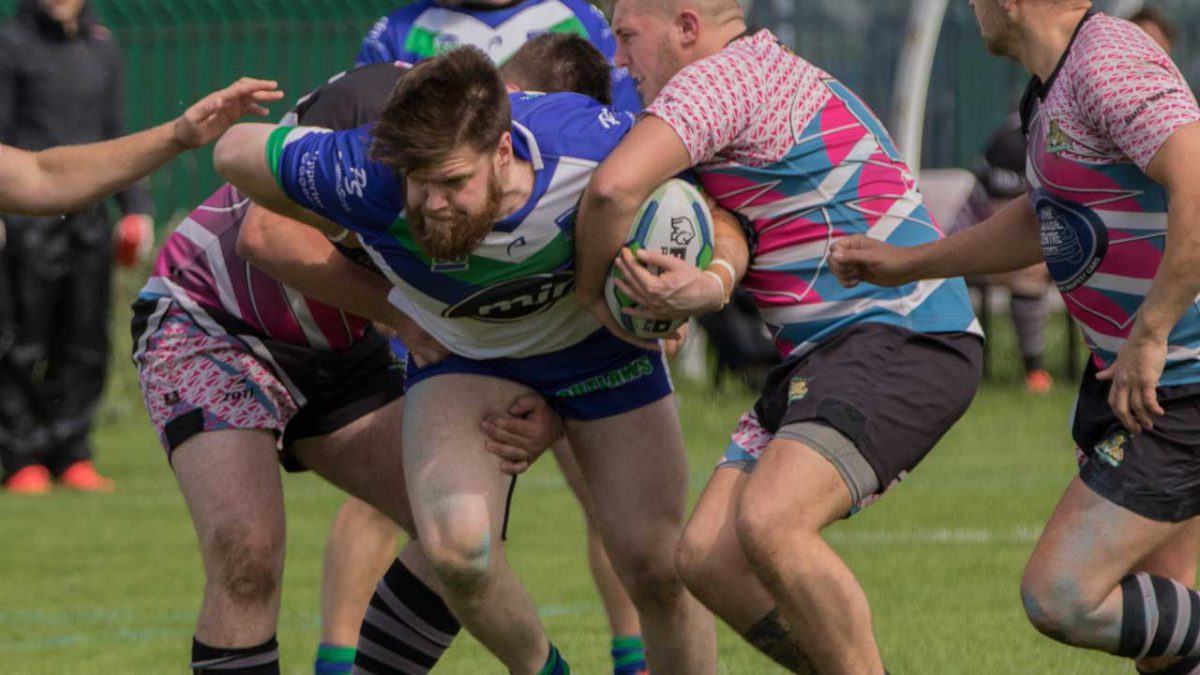THE AIM OF THE GAME…
The aim of the game is to win by scoring more points than your opponents during the 80 minutes of play (which is split into two 40 minute halves).
A team accumulates points by scoring TRIES, GOALS and FIELD GOALS.
The greatest return comes from a TRY (worth four points). These are scored by grounding the ball over your opponents’ try-line.
A team scoring a try also gets the chance to add another TWO POINTS to their tally by taking a place kick (a kick with the ball placed on the ground). To score these ‘extra’ two points, the kicker must get the ball through the uprights of the posts and above the crossbar.
A FIELD GOAL is worth one point and must also pass through the posts in this way but is kicked instaneously after being dropped to the ground by the player in possession.
Also Penalty GOALS are worth two points and must be scored by a place kick. A team will be offered an attempt at a Penalty GOAL if their opponents have broken some aspect of the rules.
THE PROBLEM…
Is that all thirteen players on the opposing team (there are four others on the bench who at certain points will interchange with players who started the game) can stop you getting over their try-line by tackling you.
A tackle involves a fierce physical collision followed by a short but demanding ‘wrestle’ between the players involved.
The defending side will be trying their best to deter the attacker from carrying the ball into their ‘defensive line’ again and also trying to slow down the attack in general.
BUT…
The attacking team is allowed to be tackled six times (seven if you receive the ball from an opponent’s mistake) as they attempt to try to score.
After these tackles the ball must be ‘handed over’ to the other team. Then the other team become the attackers etc.
Most teams try not to hand the ball over directly to their opponents on the sixth tackle, but prefer to kick to gain field position (i.e. as far away from their try-line as possible).
AFTER A TACKLE…
The defenders must get off the man with the ball and allow him to bring it back into play by a PLAY-THE-BALL. This involves the player in possession heeling the ball backwards in a controlled manner to a teammate. The position taken up by the teammate collecting the ball in this position is known as Dummy-Half or Acting-Half.
Before the PLAY-THE-BALL, the defending team have to retire ten metres, apart from two defenders who may guard or ‘mark’ the play-the-ball area, one stood squarely behind the other.
The match Referee polices this aspect of the game and may from time to time award PENALTIES against players for not letting the man in possession play the ball quickly or for the other defenders being less than ten metres away (i.e. they are ‘offside’).
Also the team in possession may sometimes be penalised for not playing the ball properly.
SCRUMS INVOLVE A MAXIMUM OF 6 PLAYERS AND TAKE PLACE WHEN…
A player fails to catch a ball cleanly and knocks it forward. If such an event happens on the last tackle of the ‘set of six’, however, possession is handed over to the other side. A scrum is also formed when a player is tackled into touch or when the ball is kicked into touch. But if it’s kicked on the last tackle and goes in touch without bouncing, it’s a handover to the defending team.
Source: www.rlef.eu.com

